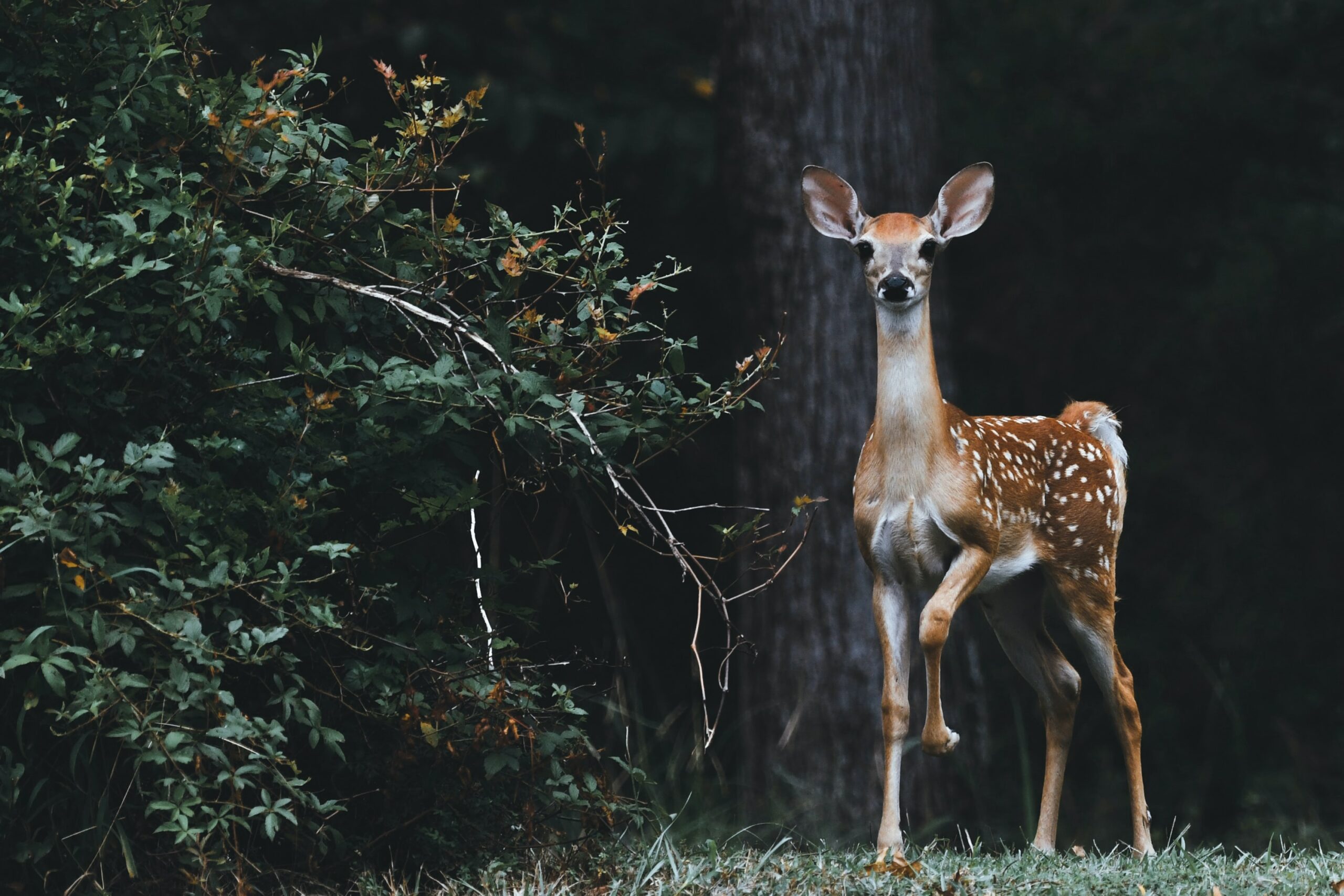The deer family, scientifically known as Cervidae, is one of the most widespread and recognizable groups of large land mammals, encompassing more than 40 species found across North and South America, Europe, Asia, and parts of North Africa. Members of this family—commonly called cervids—include familiar species such as white-tailed deer, mule deer, elk (wapiti), moose, reindeer (caribou), and red deer, along with smaller and lesser-known types like the pudú and muntjac.
One of the defining characteristics of nearly all male cervids is the presence of antlers, which are made of bone and shed and regrown annually. These antlers play a key role in mating displays and dominance battles during the breeding season, known as the rut. Unlike horns, antlers are not permanent and are typically found only on males, although both male and female reindeer grow antlers—a rare exception.
Cervids are herbivores, feeding primarily on leaves, twigs, grasses, and other plant material. Their specialized digestive systems, including a four-chambered stomach, allow them to extract nutrients from fibrous vegetation. They are also ruminants, meaning they regurgitate and re-chew their food to aid digestion.
Deer occupy a wide variety of habitats, from tundra and alpine meadows to dense forests and open grasslands. They are generally shy, agile, and fast-moving animals, relying on their keen senses of smell, hearing, and vision to avoid predators. Many species are also migratory, traveling long distances in search of food or breeding grounds.
The deer family plays a vital ecological role in shaping plant communities and serving as prey for large carnivores. Culturally, deer have long held symbolic and economic significance for humans—featured in mythology, hunted for meat and hides, and studied for conservation efforts worldwide.

































































